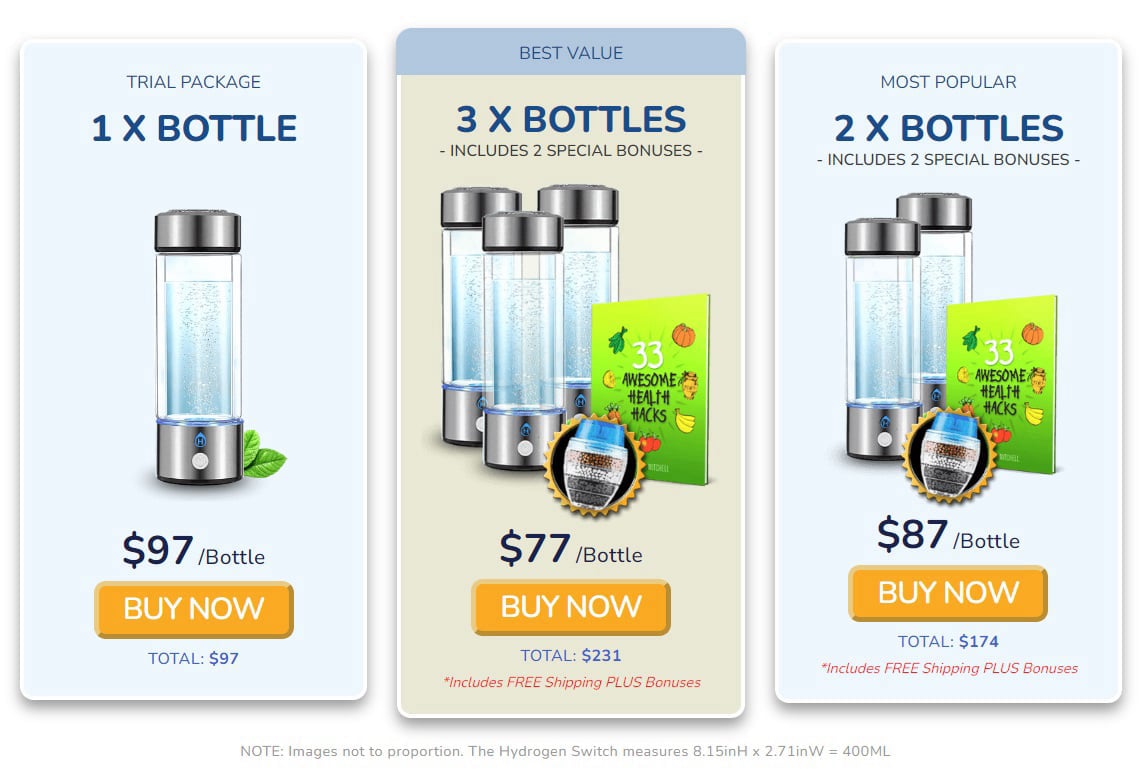Unlocking the Future with The Hydrogen Switch
Imagine a world where sustainable energy sources power our daily lives, reducing our carbon footprint and preserving the environment for future generations. This vision is becoming a reality with the innovative technology of the hydrogen switch.
The Benefits of The Hydrogen Switch
Switching to hydrogen from fossil fuels offers a myriad of benefits. One of the key advantages is its eco-friendliness, as hydrogen produces no harmful emissions when consumed. This clean energy source can help combat climate change and promote a greener, more sustainable future.
Furthermore, hydrogen is abundant and versatile, making it a reliable alternative to traditional fuels. With advancements in technology, The Hydrogen Switch is paving the way for a cleaner and more efficient energy landscape.
How Does Hydrogen Power Work?
Hydrogen power is generated through a process called electrolysis, where water molecules are split into hydrogen and oxygen using an electrical current. the hydrogen gas produced can then be used as a clean fuel source for various applications, such as powering vehicles and generating electricity.
This sustainable energy solution is gaining traction worldwide as countries and industries look for ways to reduce their carbon footprint and embrace more eco-friendly practices.
Frequently Asked Questions about the hydrogen Switch
1. What is the difference between hydrogen-1 and hydrogen-2?
Hydrogen-1, also known as protium, is the most common form of hydrogen and consists of a single proton. Hydrogen-2, or deuterium, contains a proton and a neutron, making it a heavier isotope of hydrogen.
2. What is hydrogen-2 used for?
Hydrogen-2 is utilized in various applications, including nuclear reactors, scientific research, and medical imaging. Its unique properties make it a valuable resource in many industries.
3. How does the hydrogen spectrum show hydrogen’s characteristics?
The hydrogen spectrum displays distinct lines corresponding to the energy levels of hydrogen atoms. By analyzing these spectral lines, scientists can uncover valuable information about hydrogen’s properties and behavior.
4. What are hydrogen bonds encountered?
Hydrogen bonds are a type of chemical bond formed between hydrogen atoms and other electronegative atoms, such as oxygen or nitrogen. These bonds play a crucial role in the structure and function of biological molecules like DNA and proteins.
5. How is the hydrogen electrode dipped?
The hydrogen electrode is immersed in a solution containing hydrogen ions and hydrogen gas. This setup allows for the measurement of pH levels and the determination of hydrogen concentration in various chemical reactions.
In Conclusion
The Hydrogen Switch is revolutionizing the way we think about energy consumption and environmental sustainability. By harnessing the power of hydrogen, we can reduce our reliance on fossil fuels and embrace a cleaner, greener future for all.
For more information about The hydrogen switch, visit the official website.


